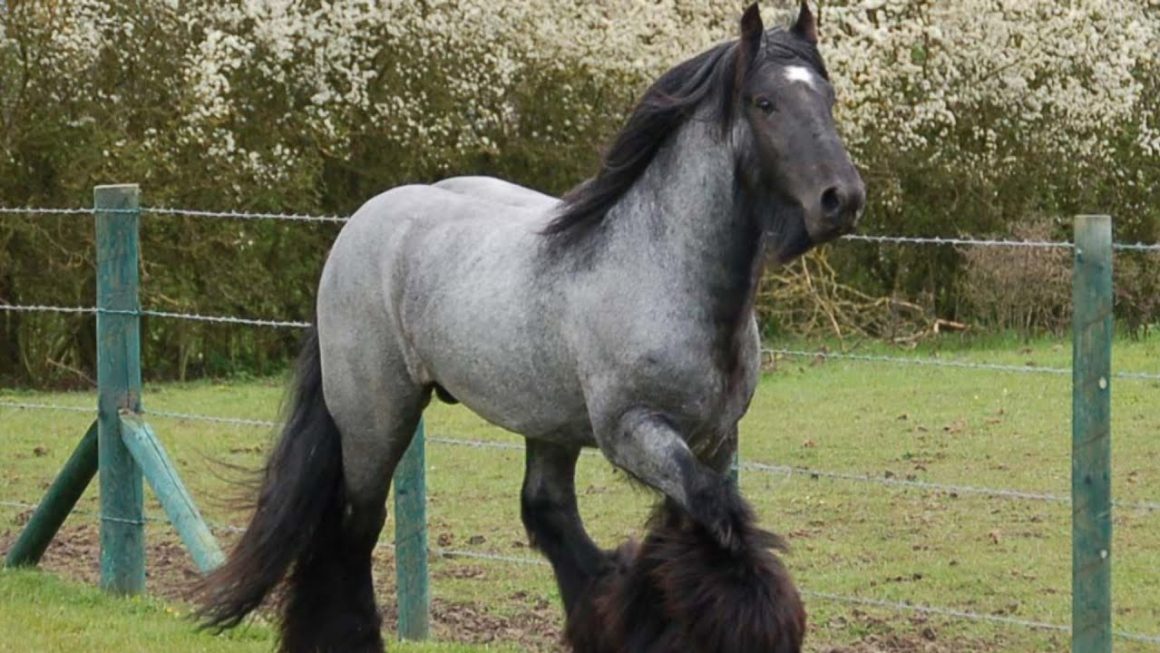Horses are magnificent creatures with powerful bodies and graceful movements. As an equestrian, it’s essential to have a good understanding of your horse’s physical attributes, including their height, weight, and body proportions. One crucial aspect that is often overlooked is the measurement of hands on a horse. Understanding how to measure hands on a horse can provide valuable insights into your horse’s conformation and help you choose the right equipment for them. In this guide, we will dive deep into the world of horse measurements and explore how to measure hands on a horse accurately.
Seemore: Can Horses Eat Grapes? – All Important Things You Should Know
Understanding the Concept of “Hands” in Horse Measurements

Before we jump into the actual measuring process, let’s first understand what “hands” mean in horse measurements. In the equine world, a horse’s height is measured in a unit called “hands,” which is equivalent to four inches. For instance, a horse that stands at 15 hands is 60 inches tall (15 x 4 = 60). This traditional unit of measurement was derived from the average width of a man’s hand in medieval times, hence the name “hands.”
Measuring Hands on a Horse: Step by Step Guide
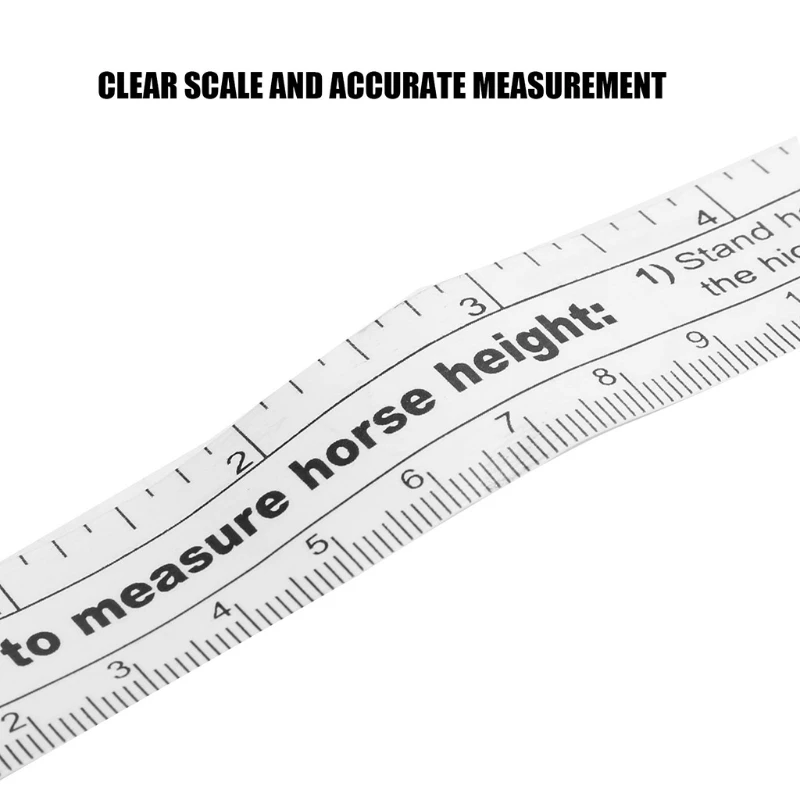
Measuring hands on a horse may seem like a daunting task, but it is relatively simple if you follow the correct method. Here’s a step-by-step guide on how to measure hands on a horse accurately:
Step 1: Gather Your Equipment
To measure hands on a horse, you’ll need a measuring tape or a stick (such as a broom handle) marked in hands. You can also use a measuring stick specifically designed for horses, which can be purchased from equestrian supply stores. It’s essential to have a flat, level surface to get accurate measurements.
Step 2: Position Your Horse
Choose a spot where your horse can stand comfortably without any hindrances. Position your horse on level ground, and ensure that all four feet are firmly planted on the ground. This will help you get precise measurements.
Step 3: Measure From the Ground to the Withers
The withers are the highest point of a horse’s shoulders, located between the base of the mane and the top of the shoulder blades. Use your measuring tape or stick to measure from the ground to the withers. Make sure to hold the tape/stick straight and perpendicular to the ground for accurate results.
Step 4: Convert Measurements Into Hands
Once you have obtained the measurement in inches, divide it by four to get the number of hands. For instance, if your horse measures 60 inches, it is equivalent to 15 hands (60/4 = 15).
Factors Affecting Horse Measurements
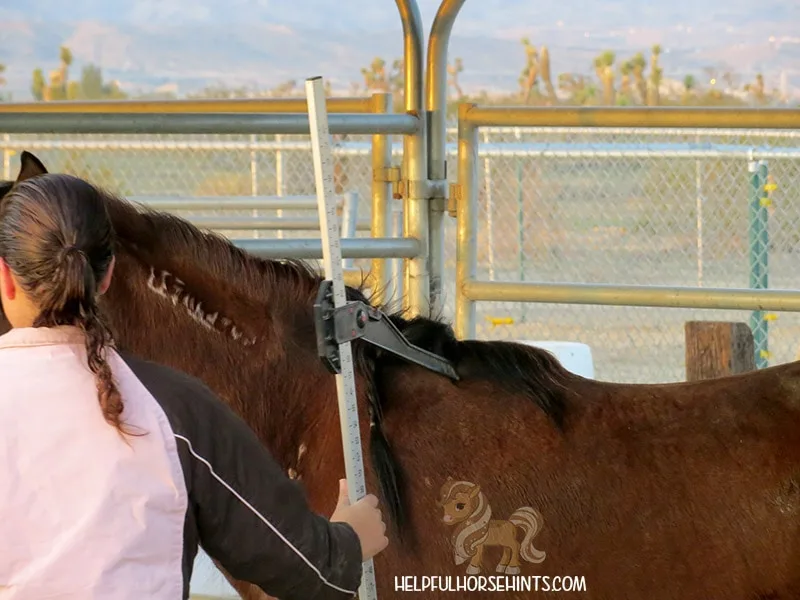
There are a few factors that can influence the accuracy of your horse’s height measurement:
Hoof Length
Horses with long hooves may appear taller than they actually are. To avoid this, ensure that your horse’s hooves are trimmed to a standard length before taking measurements.
Breed Differences
Different breeds of horses have varying body types, which can affect their appearance and height. For instance, a Thoroughbred and a Friesian may both stand at 15 hands, but their body proportions will be vastly different.
Age and Growth
A horse’s height can fluctuate during their growth phase, depending on factors such as nutrition and exercise. It’s essential to measure a horse when they are fully matured for accurate results.
Importance of Knowing Your Horse’s Height
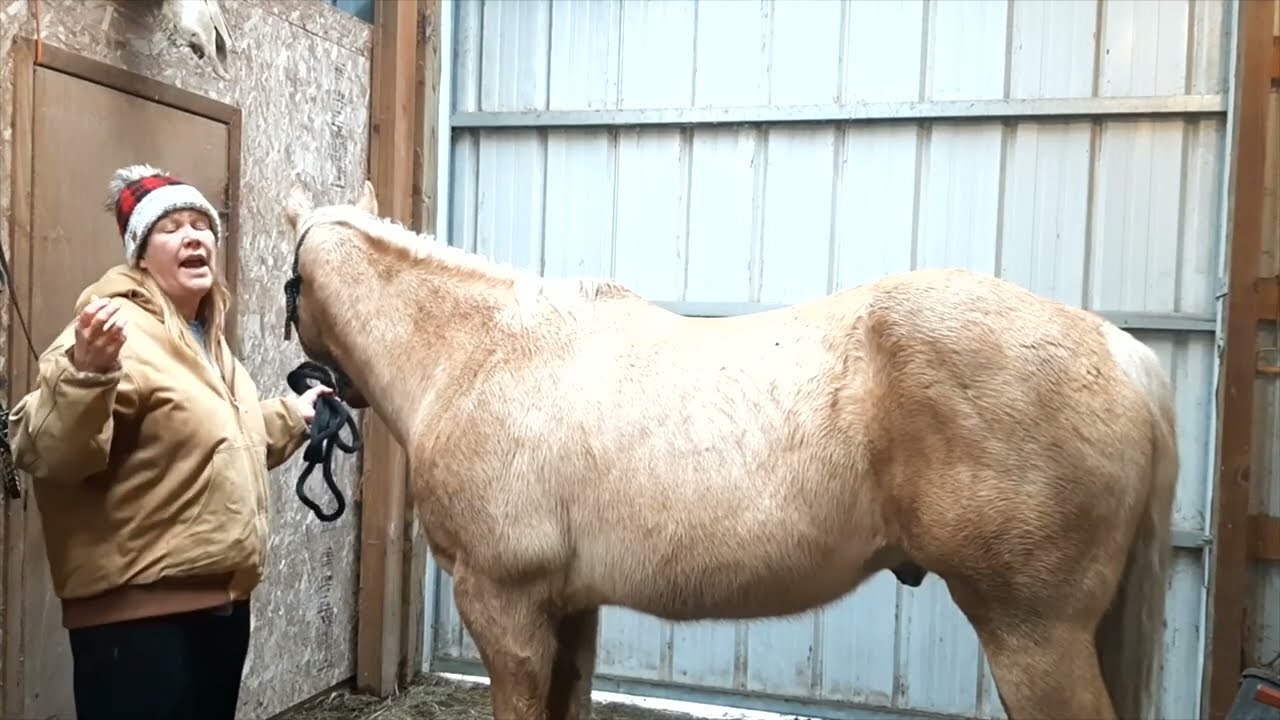
Knowing your horse’s height is essential for several reasons:
- Choosing the right equipment: Horses come in different sizes, and knowing their exact height can help you select the right-sized saddle, bridle, and other gear for them.
- Understanding conformation: A horse’s height can provide valuable insights into their conformation, such as the length of their legs and body proportions.
- Keeping track of growth: As mentioned earlier, a horse’s height can fluctuate during their growth phase. By measuring their height periodically, you can keep track of their growth and make necessary adjustments to their diet and exercise routine.
Common FAQs About Measuring Hands on a Horse
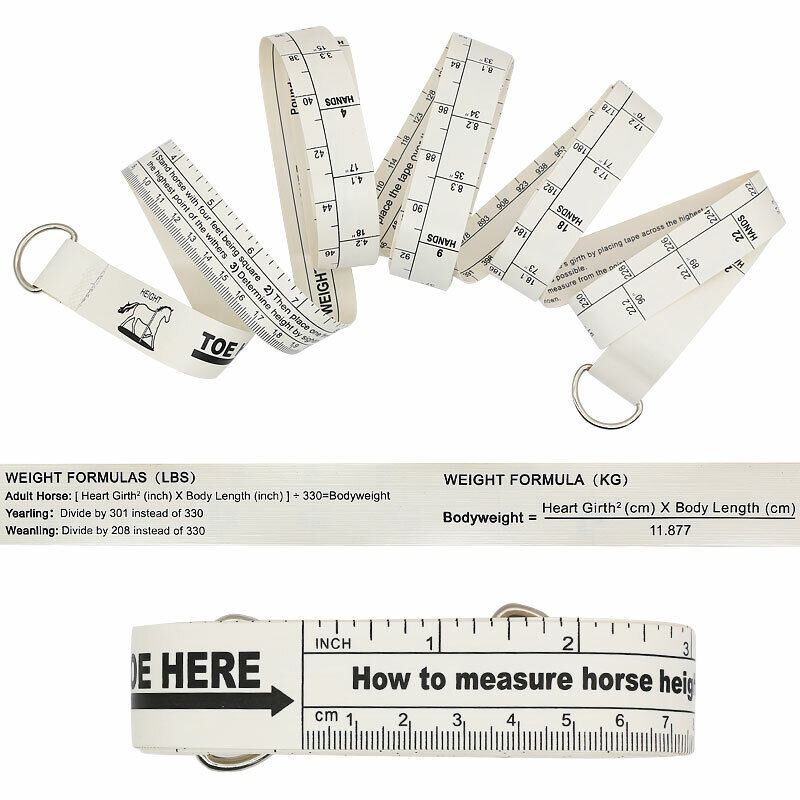
How often should I measure my horse’s hands?
It is recommended to measure your horse’s height at least once a year to keep track of their growth. However, if you notice any significant changes in their conformation or weight, it’s best to measure them again.
Can I measure my horse on soft ground?
It’s essential to have a level, firm surface while measuring your horse’s height. Soft ground can affect the accuracy of the measurement, so it’s best to choose a flat, solid spot for the process.
What is the average height of a horse?
The average height of a horse varies depending on breed, but most horses range between 14 and 17 hands.
Should I measure with or without shoes on?
It’s best to measure your horse without shoes on, as this will give you a more accurate measurement.
Can I use a measuring tape instead of a stick?
Yes, you can use a measuring tape instead of a stick as long as it is marked accurately in hands.
Conclusion
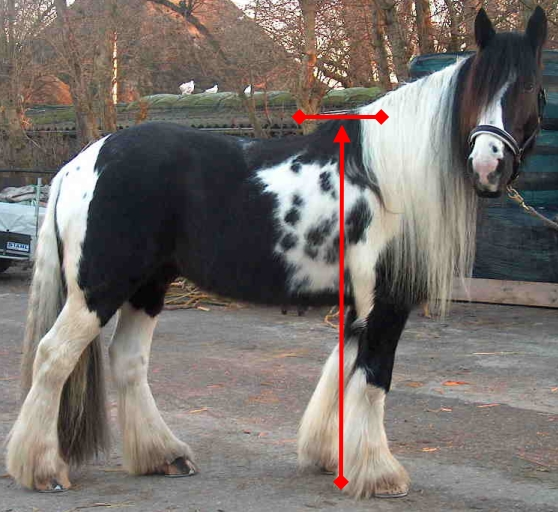
Measuring hands on a horse may seem like a simple task, but it is an essential aspect of equestrianism. Knowing your horse’s height can provide valuable insights into their conformation and help you choose the right equipment for them. We hope this guide has given you a better understanding of how to measure hands on a horse accurately. Remember to measure your horse periodically to keep track of their growth and make necessary adjustments to their care routine. Happy measuring!


